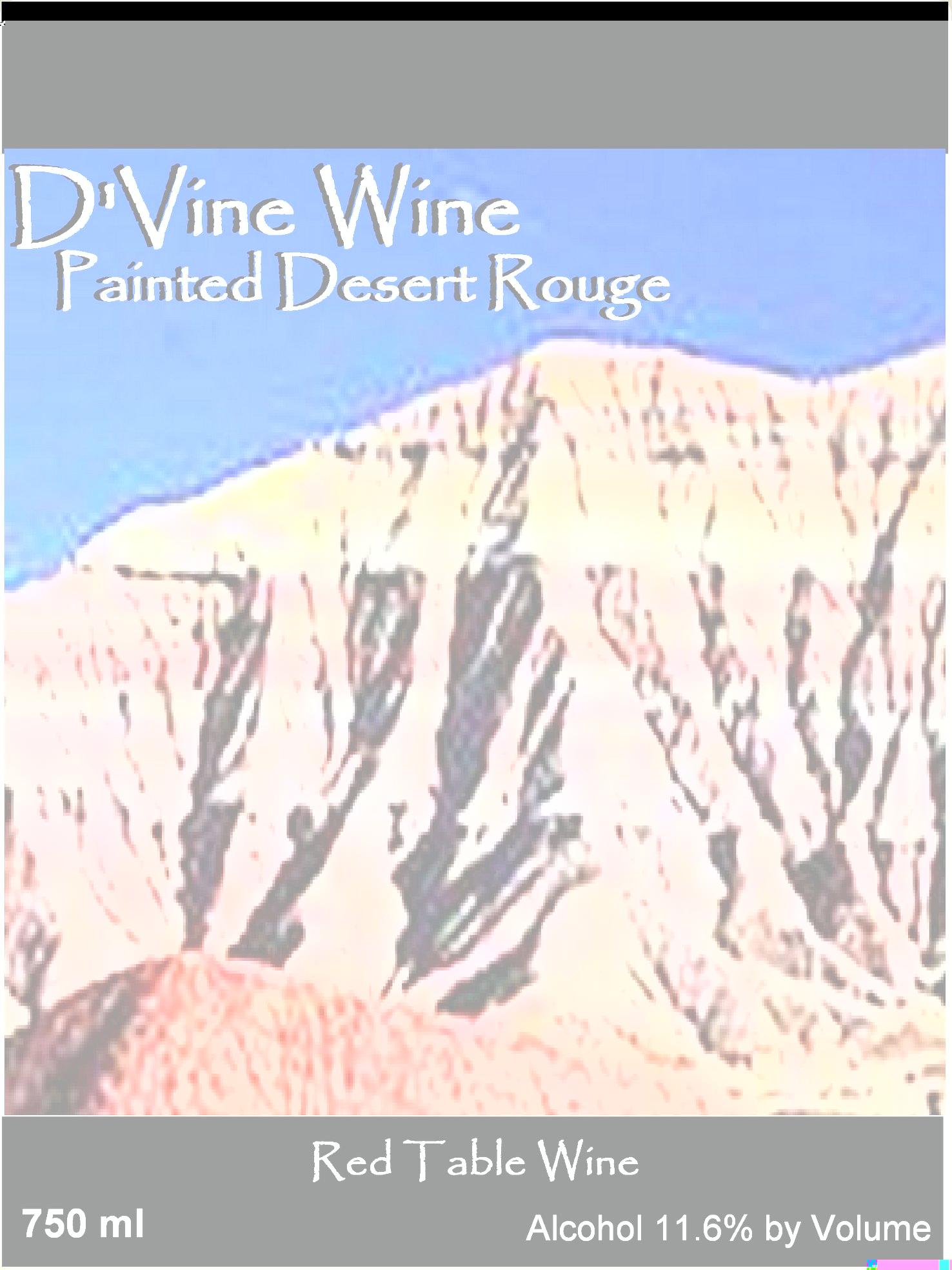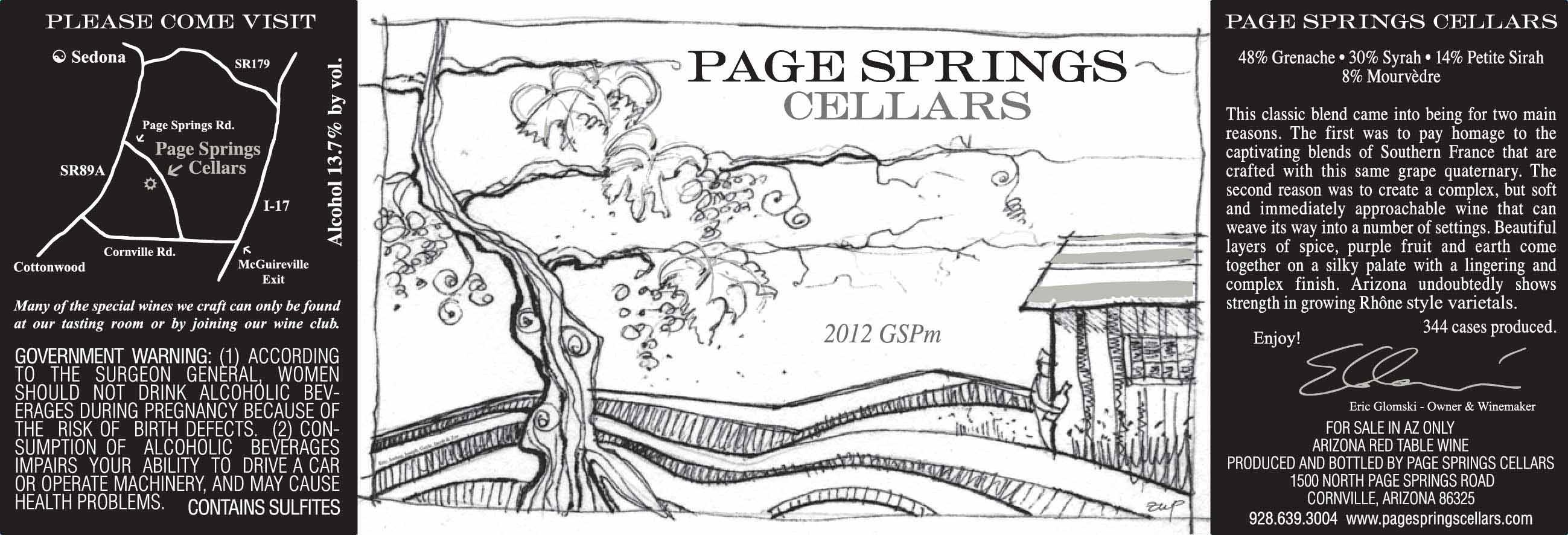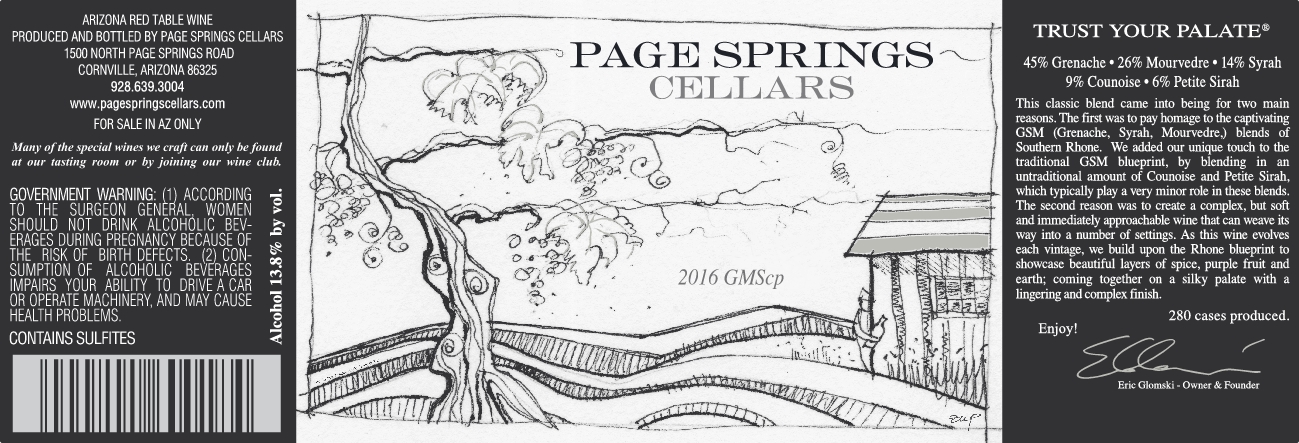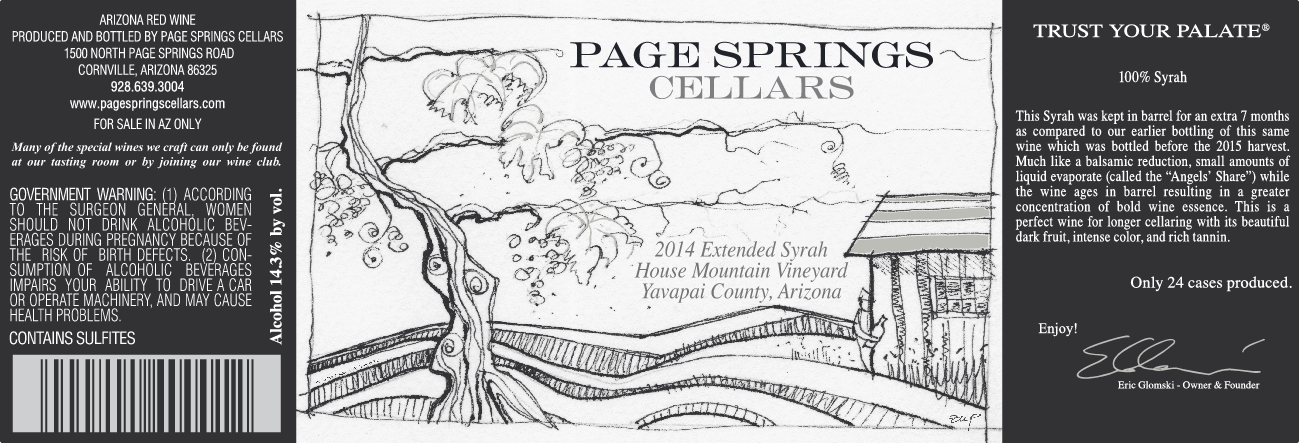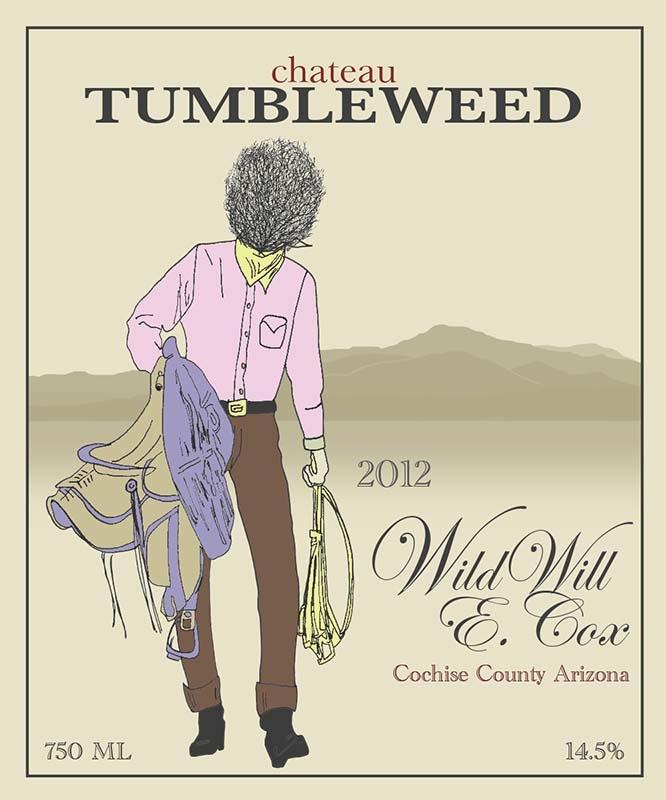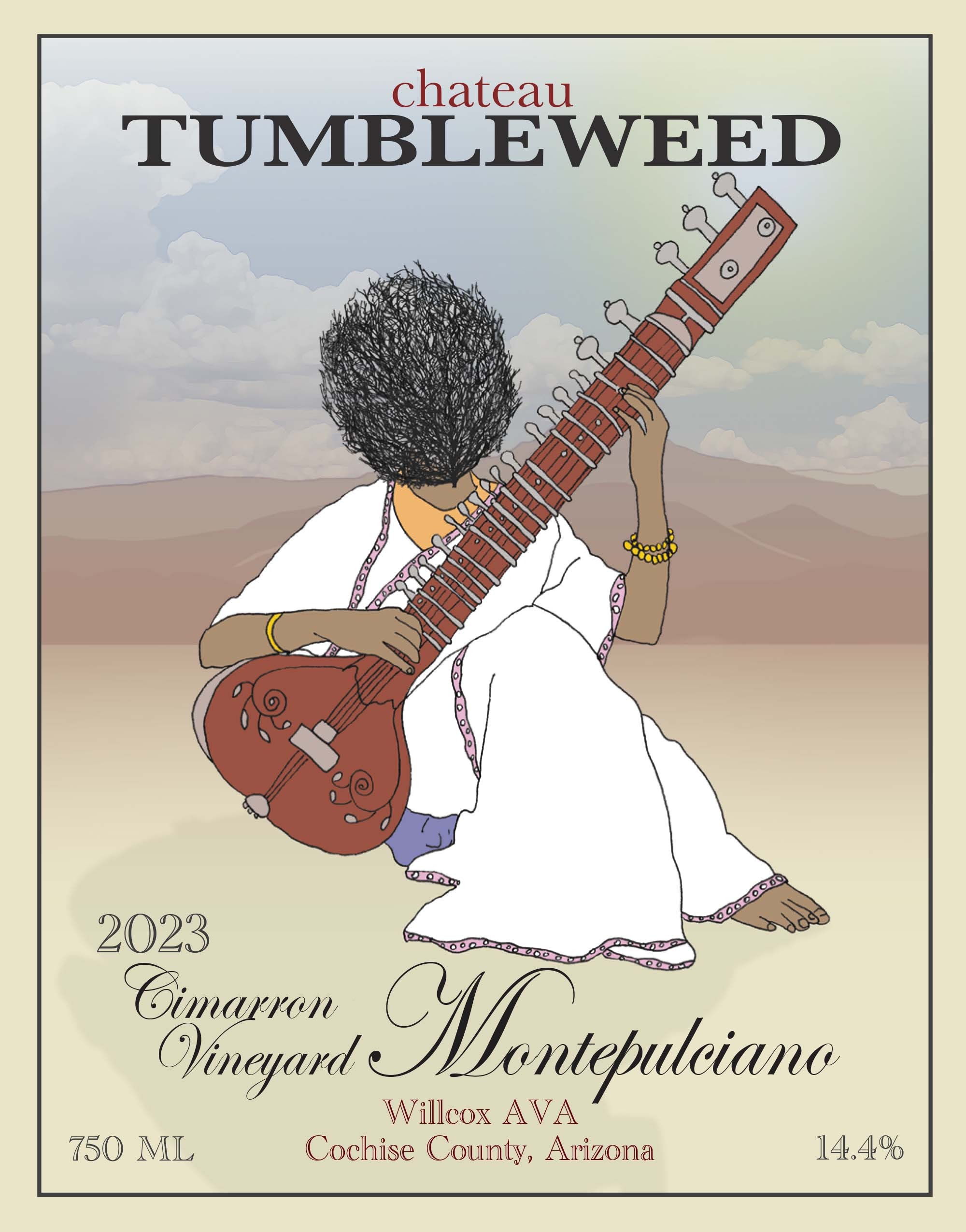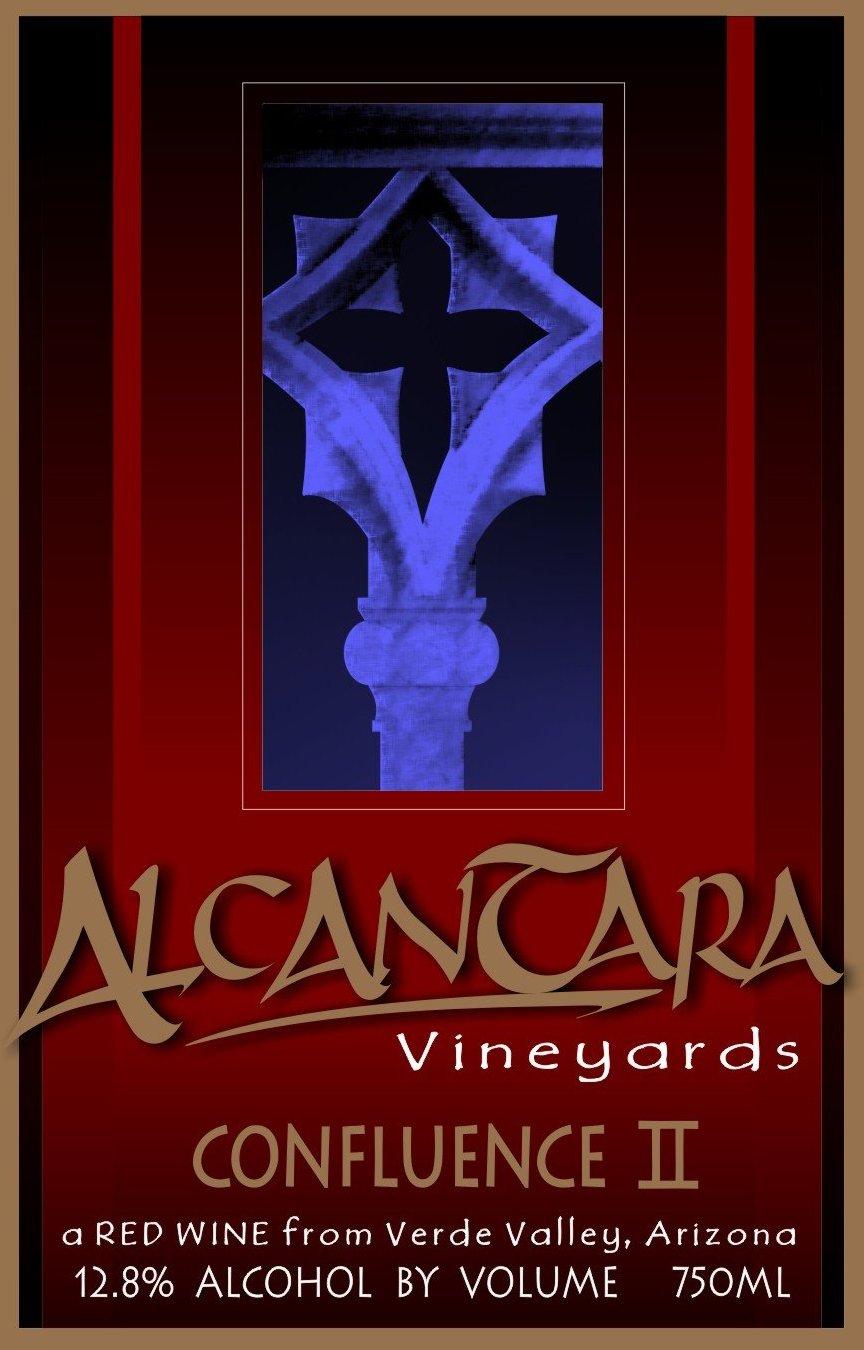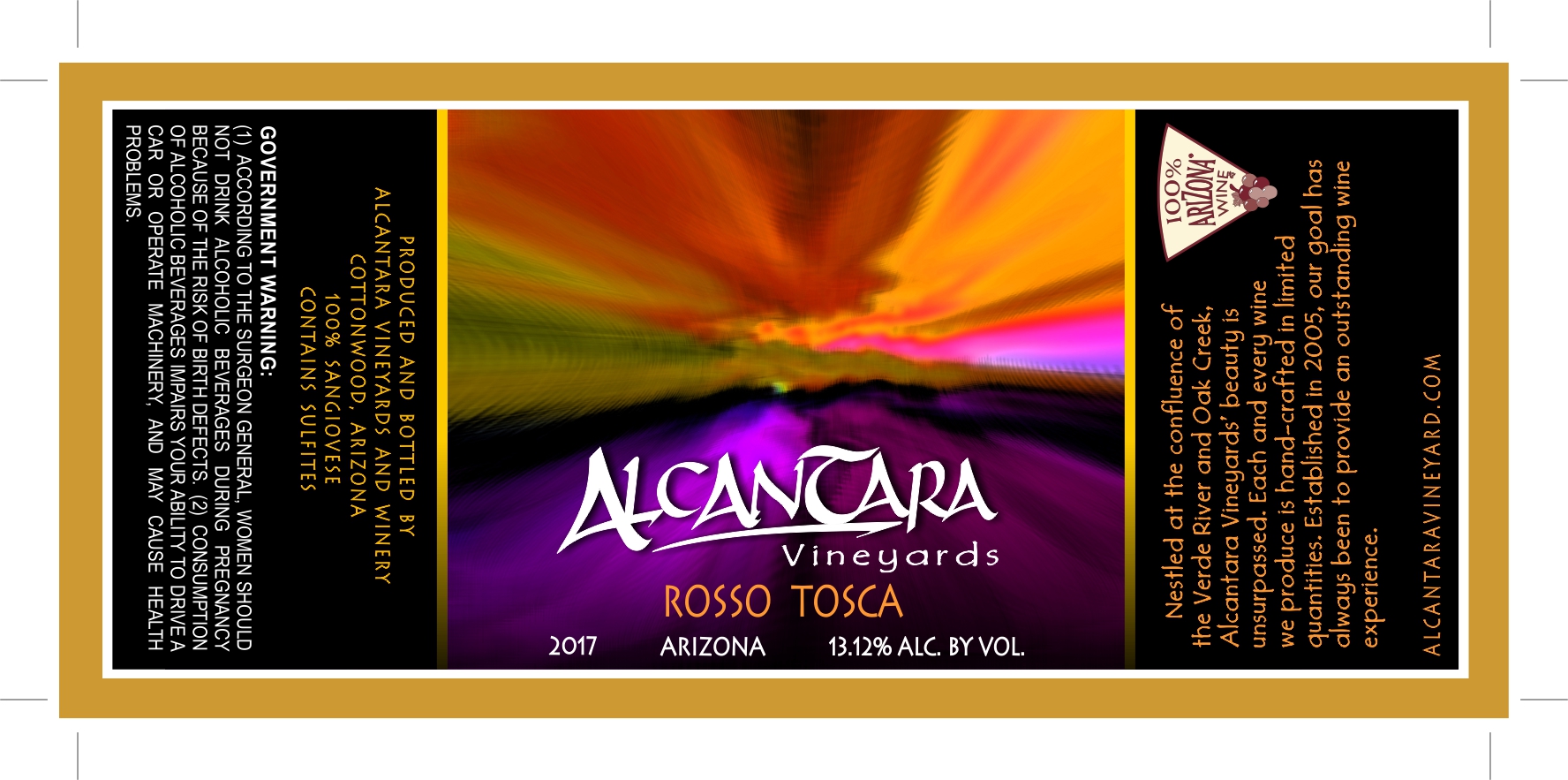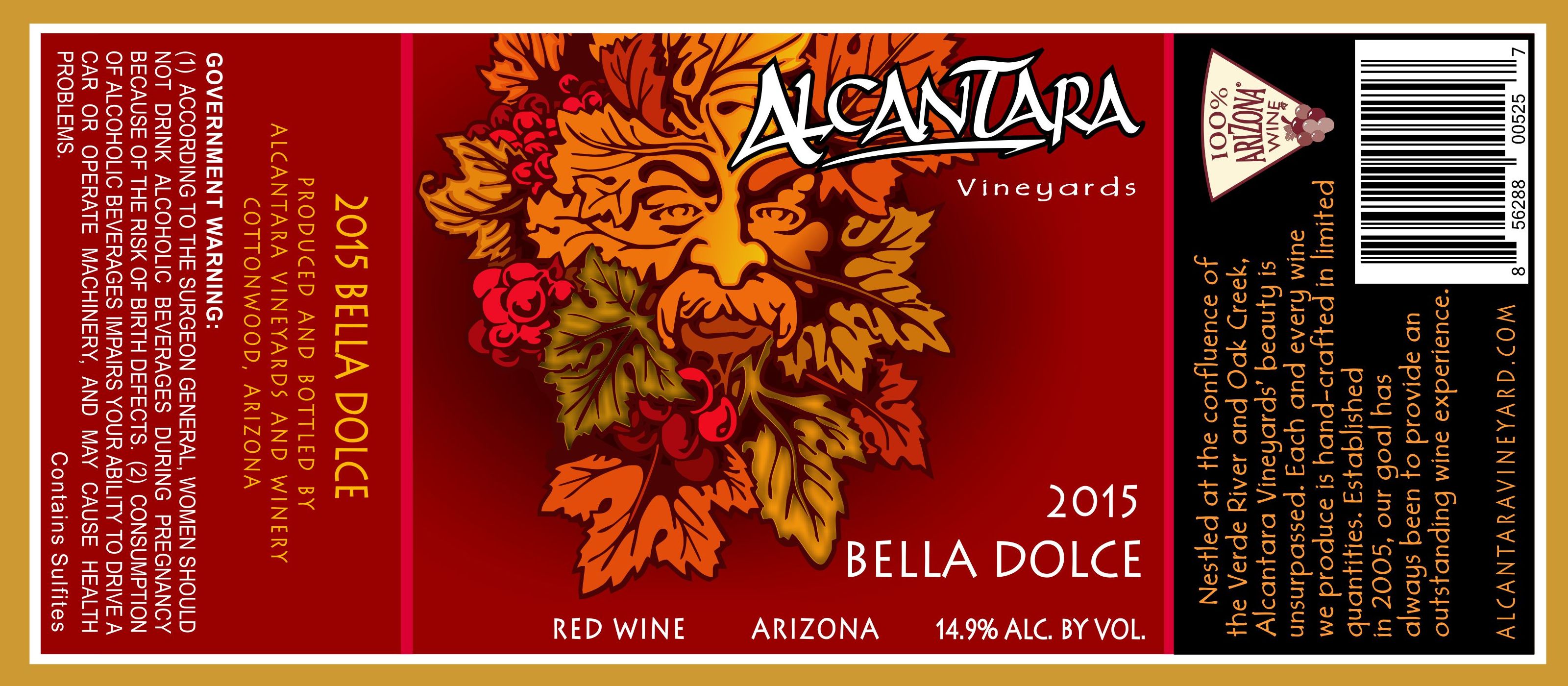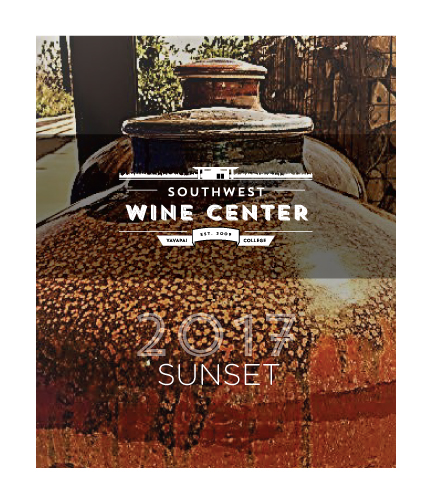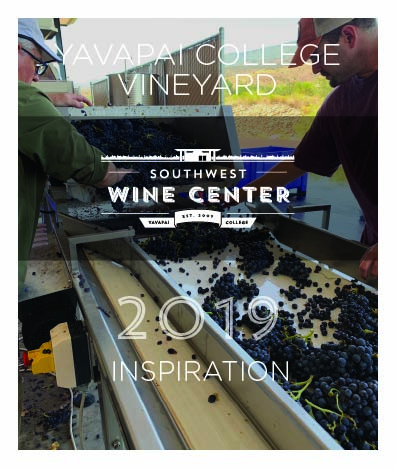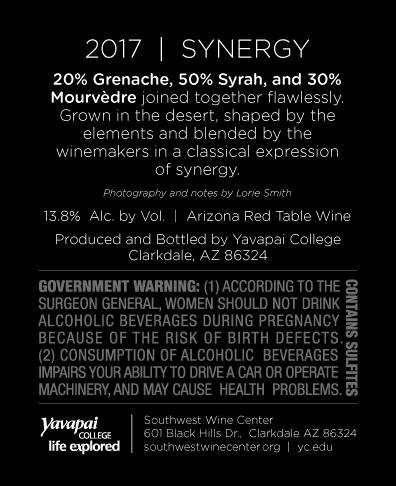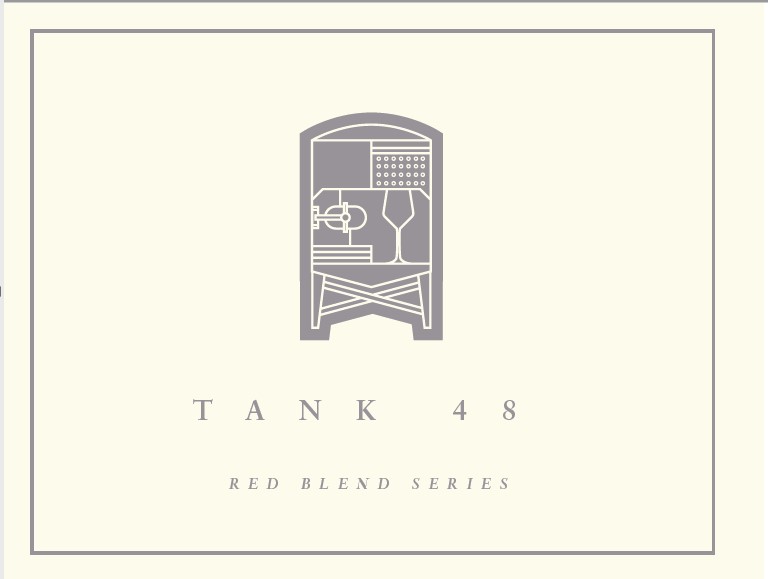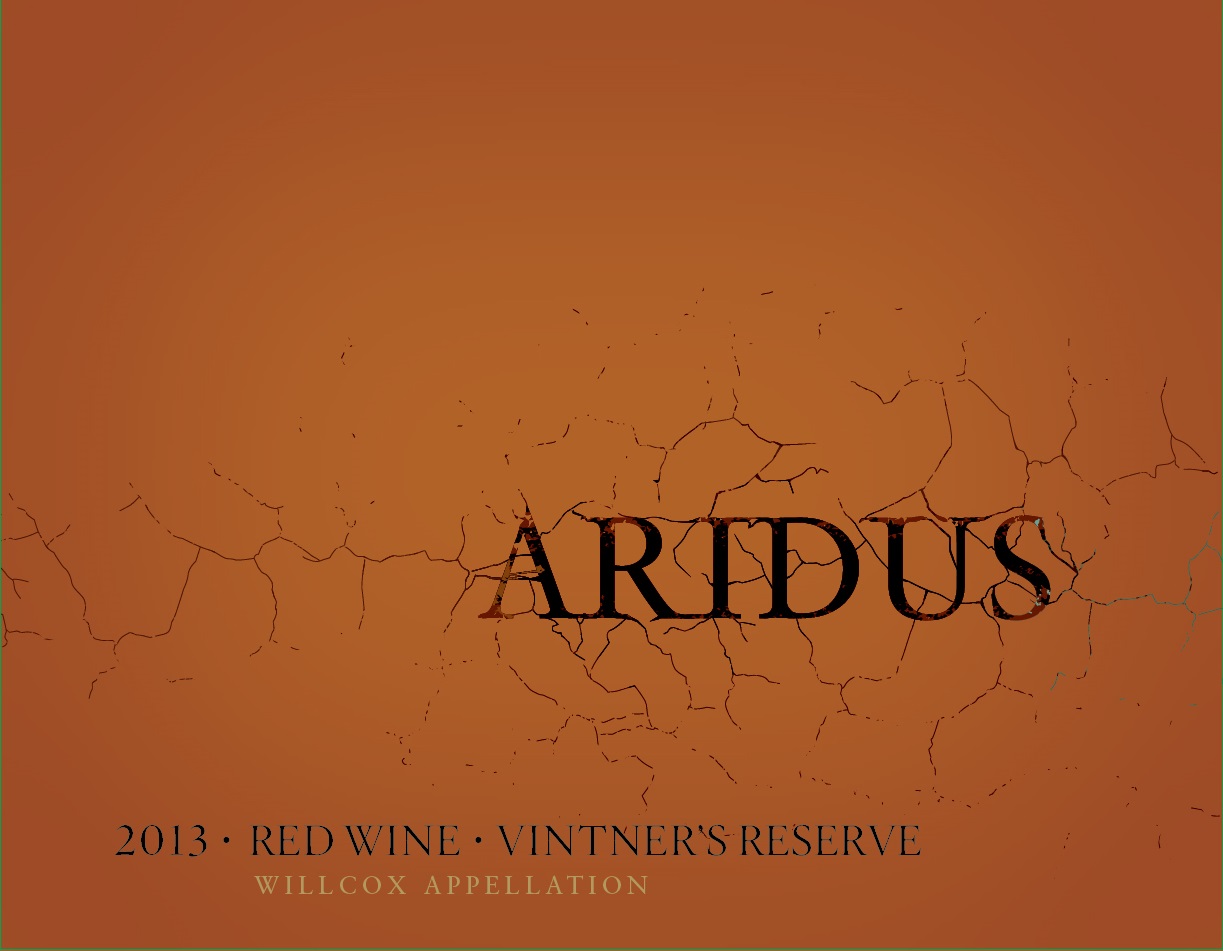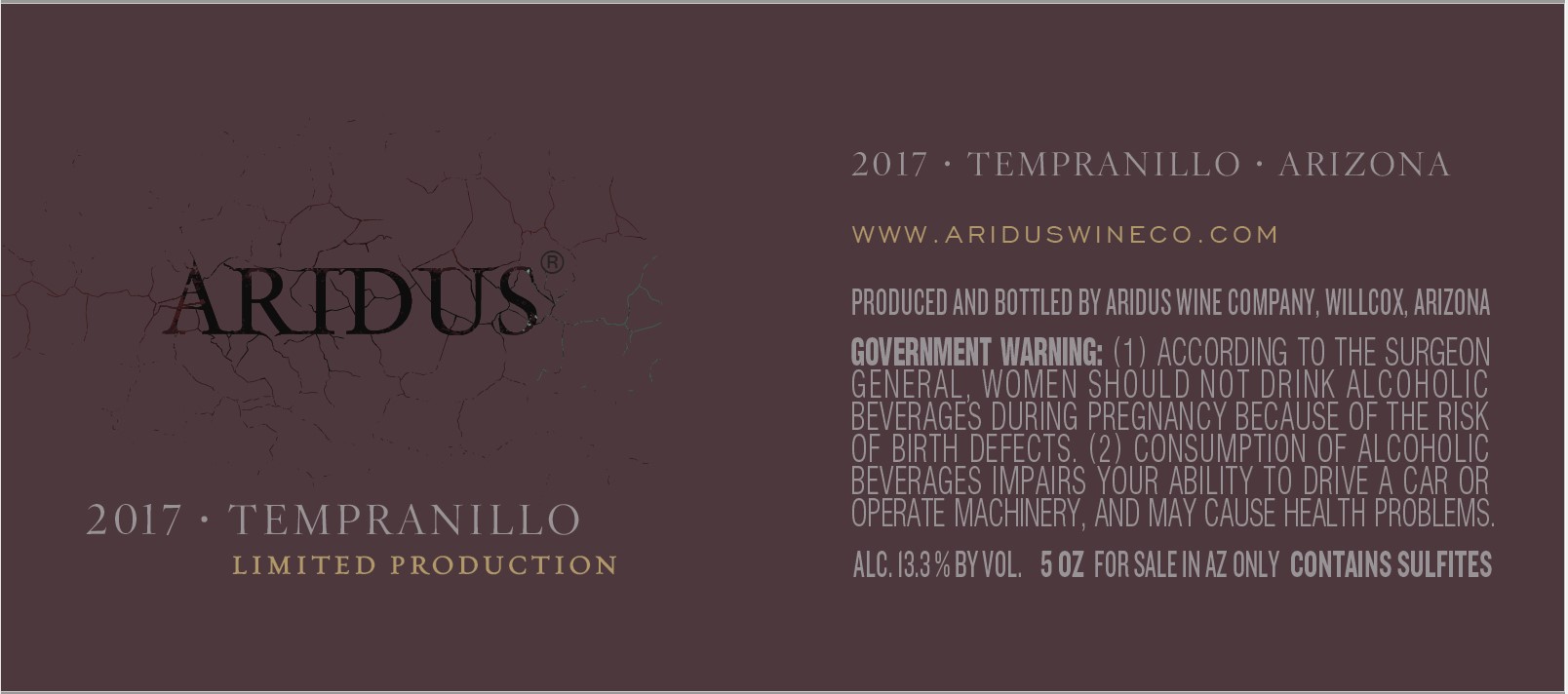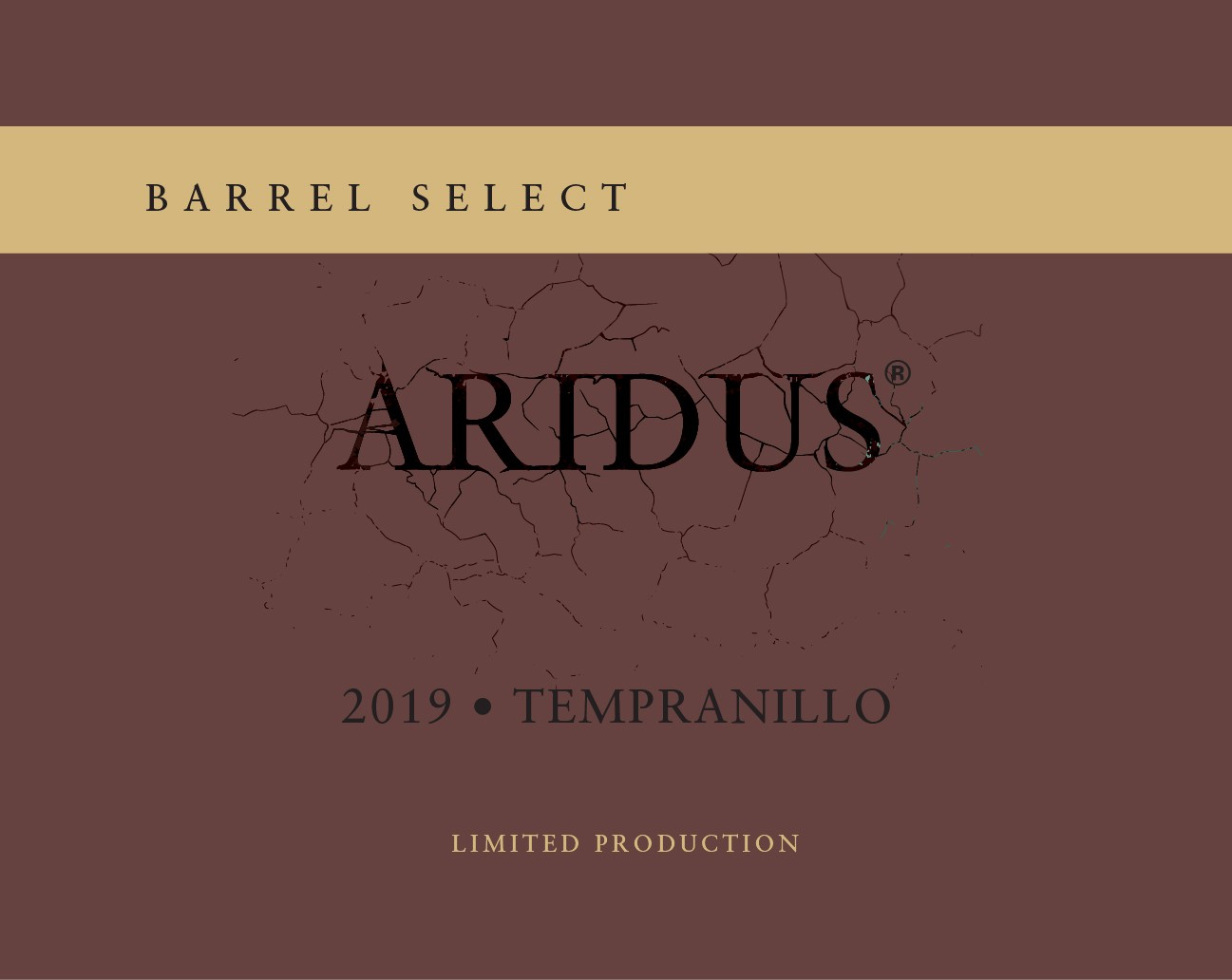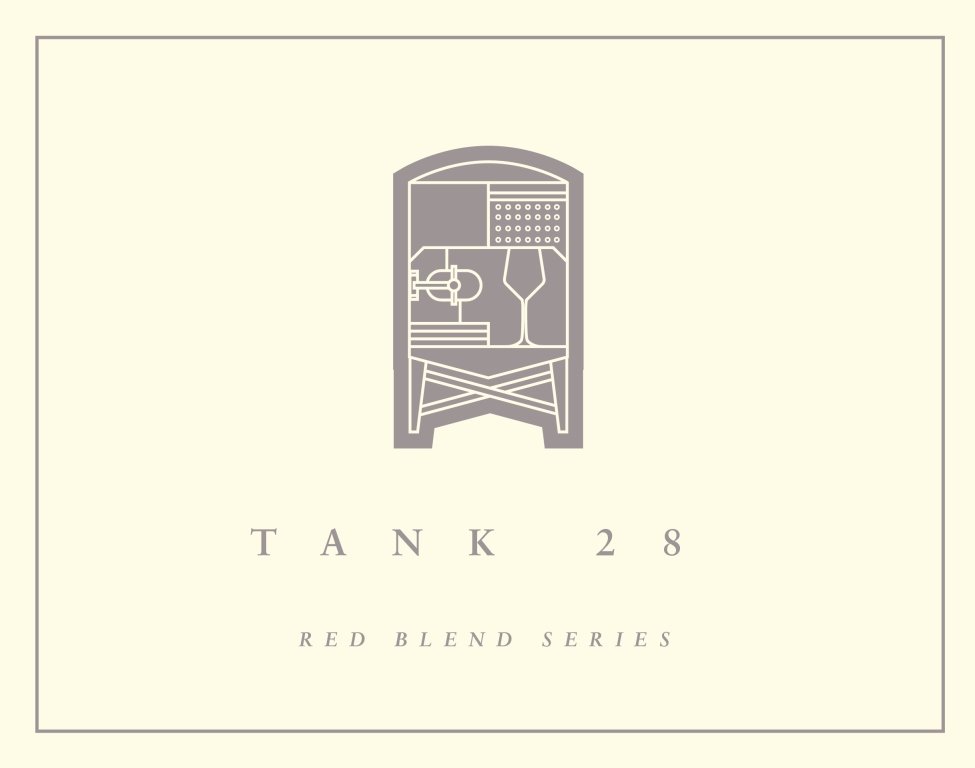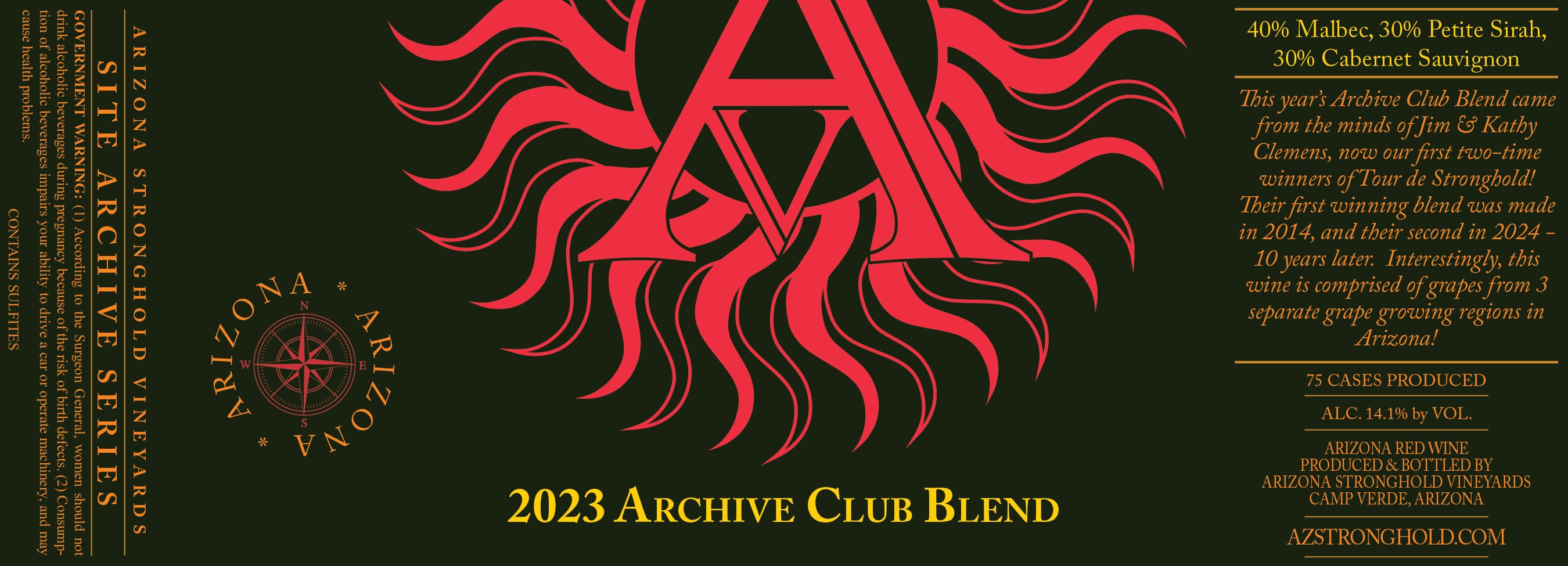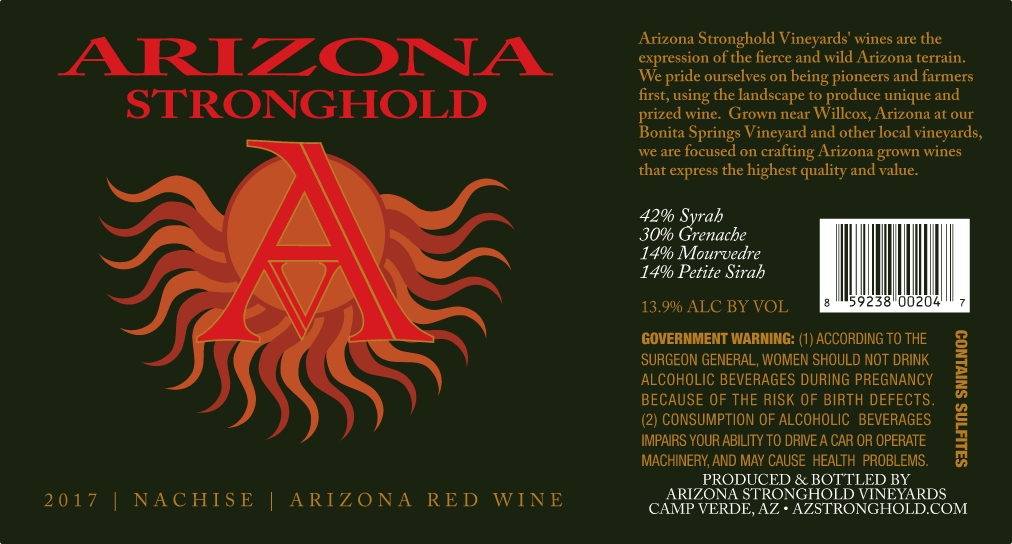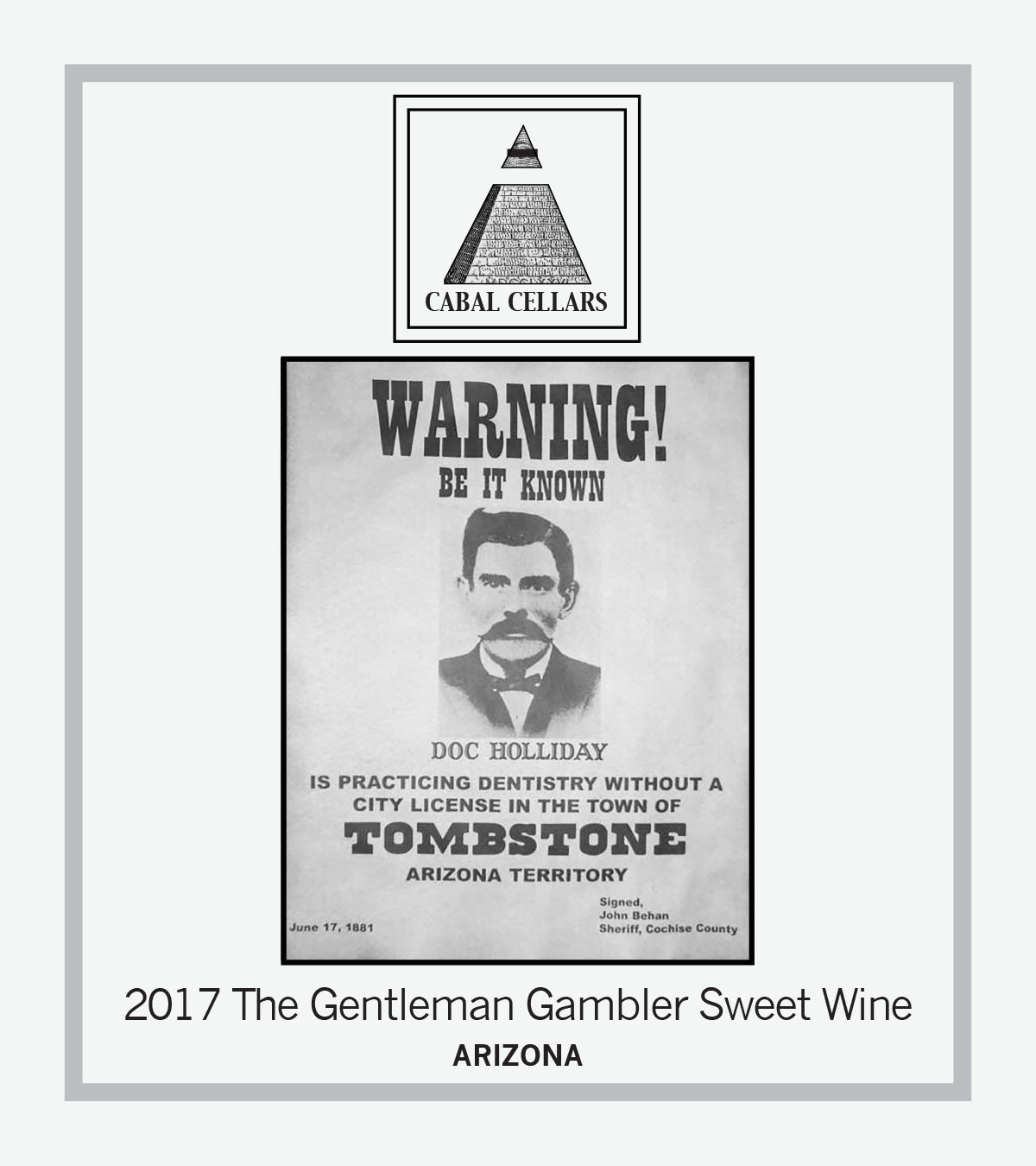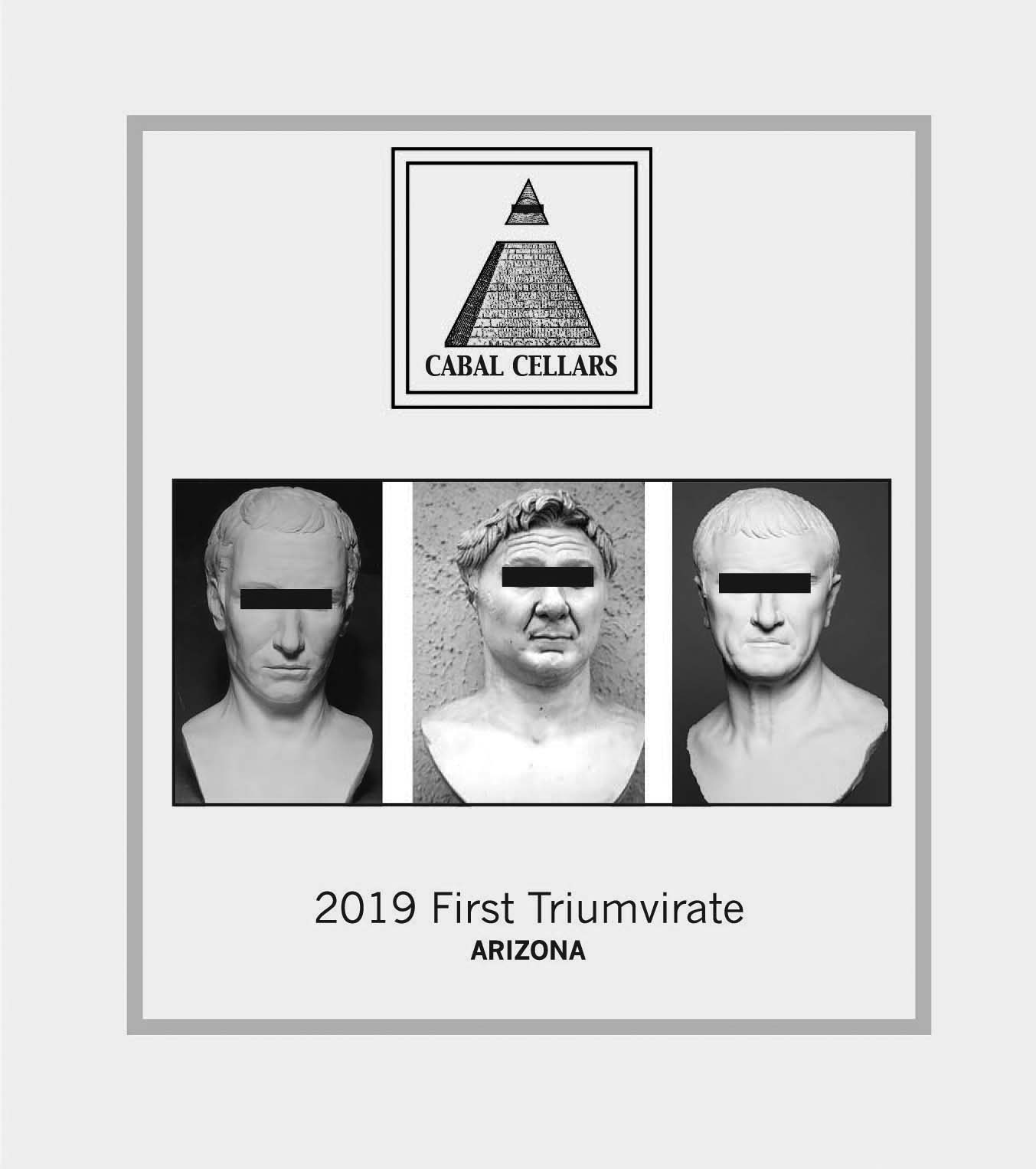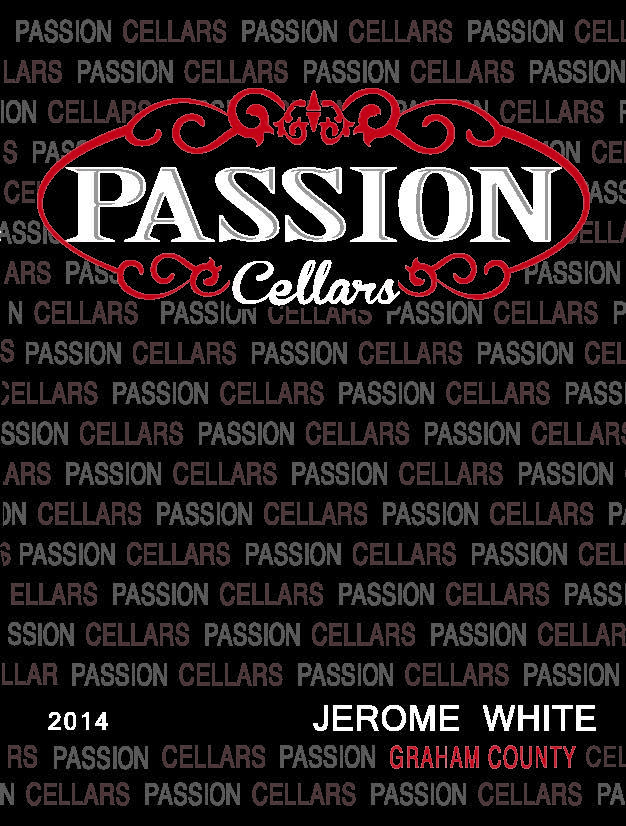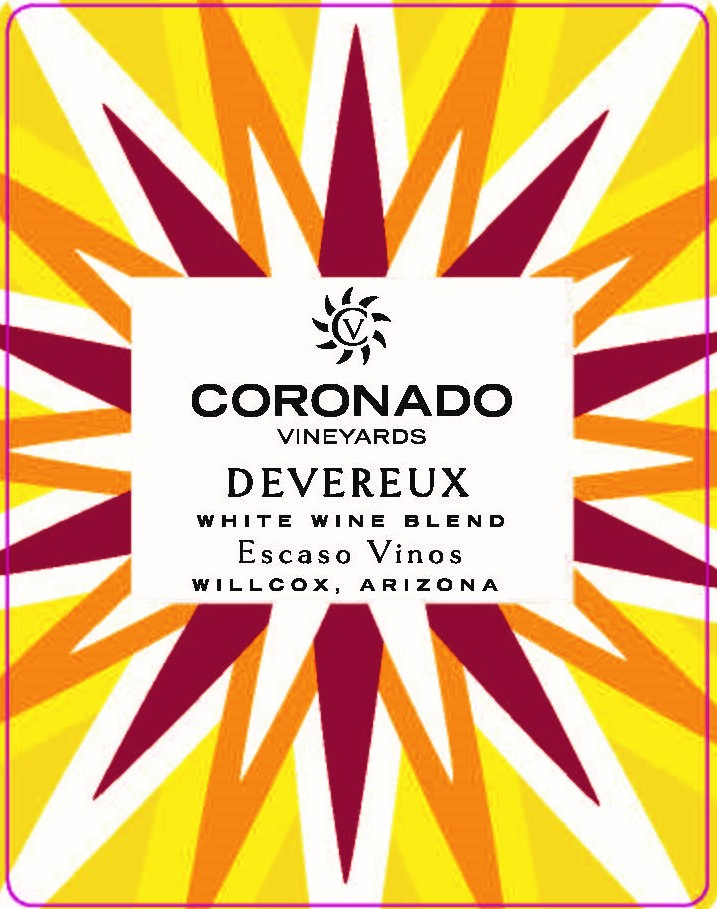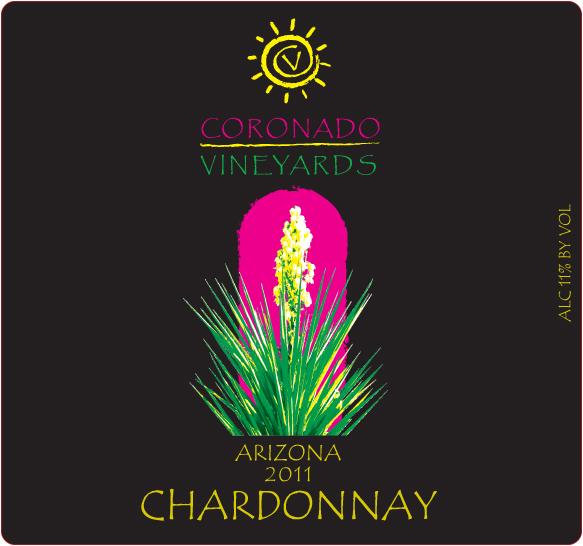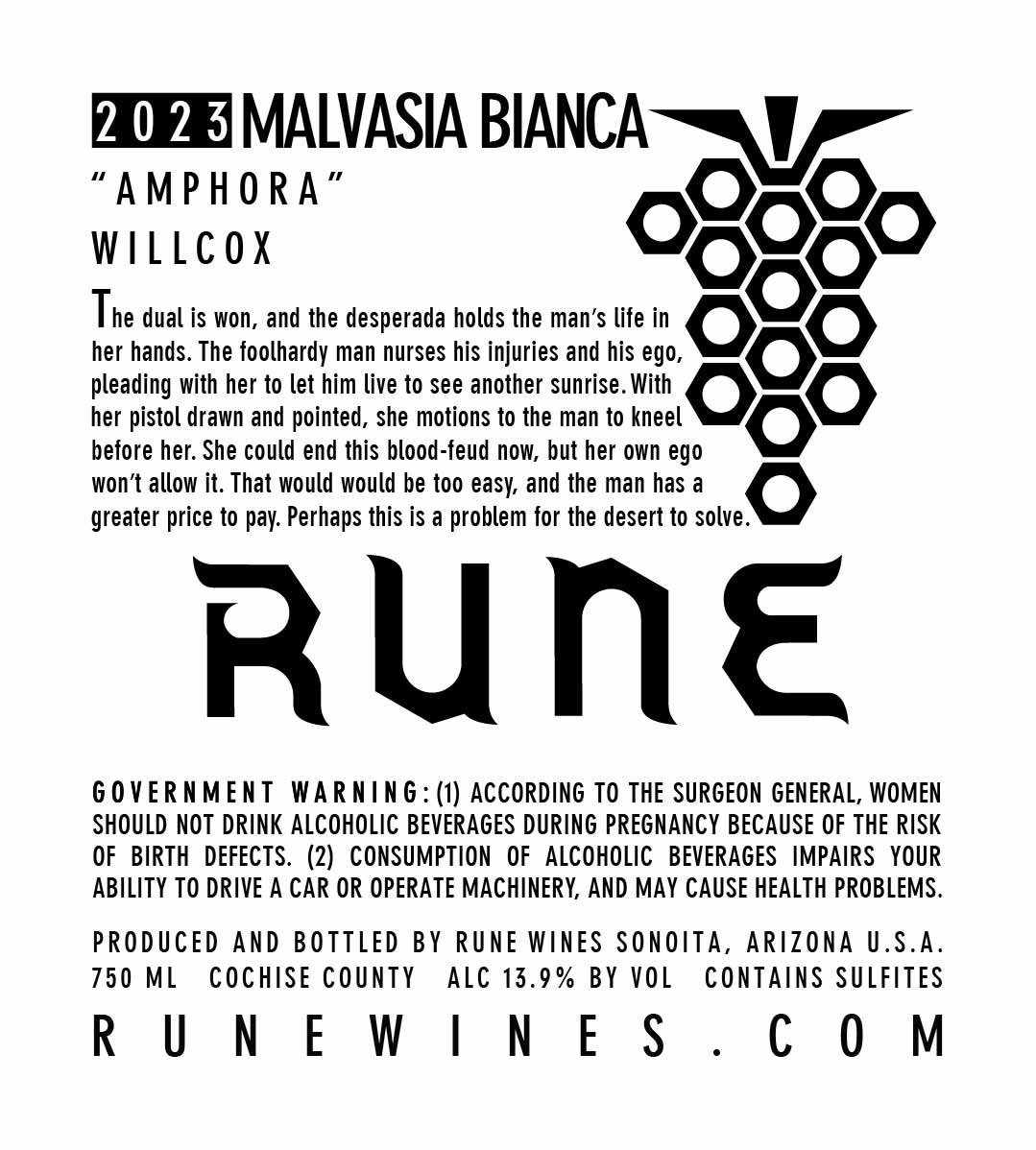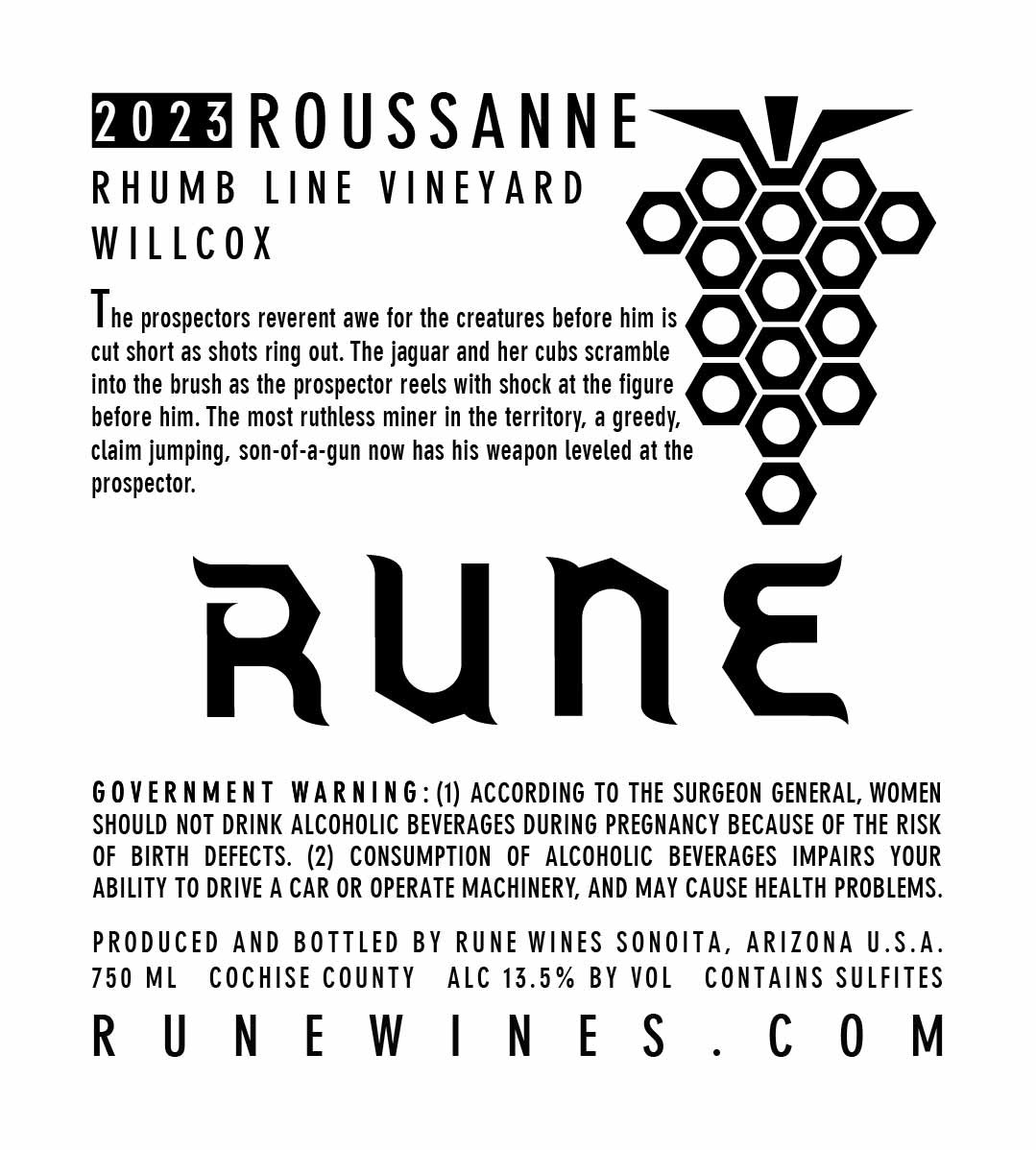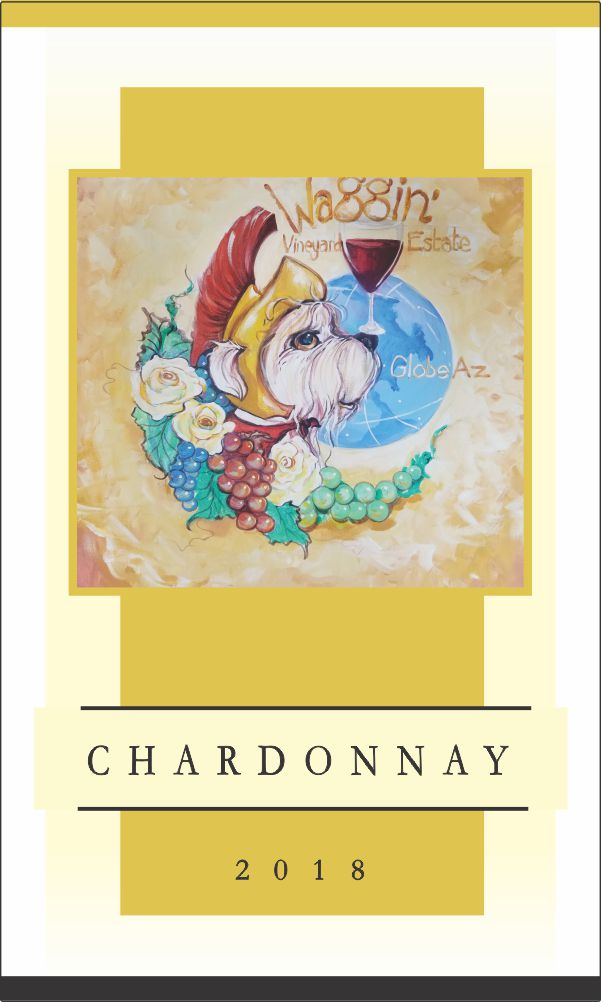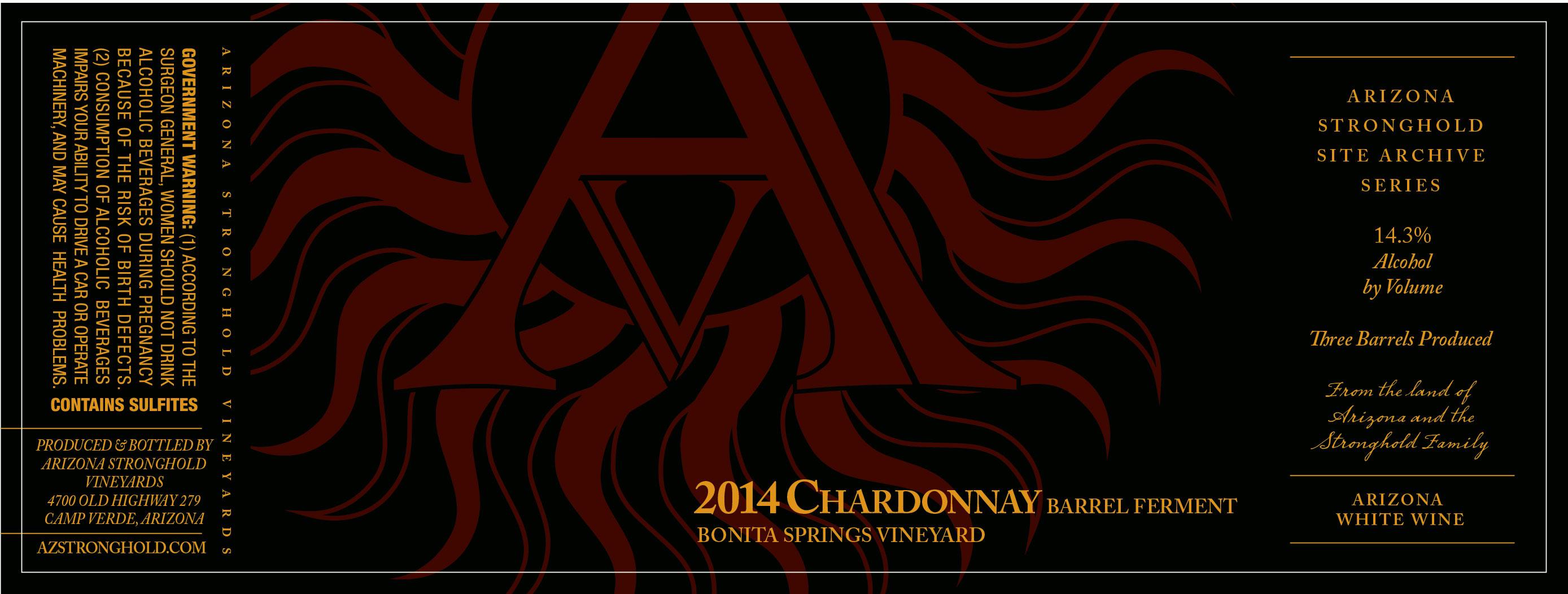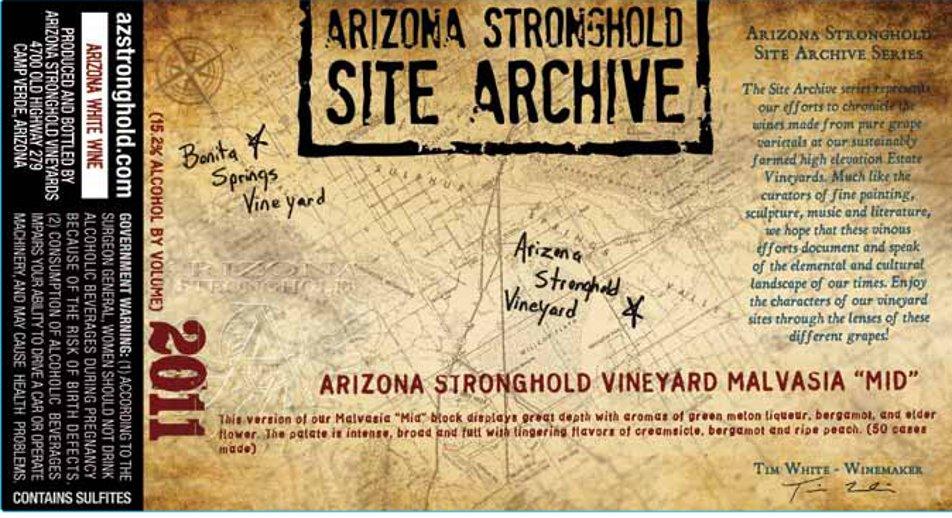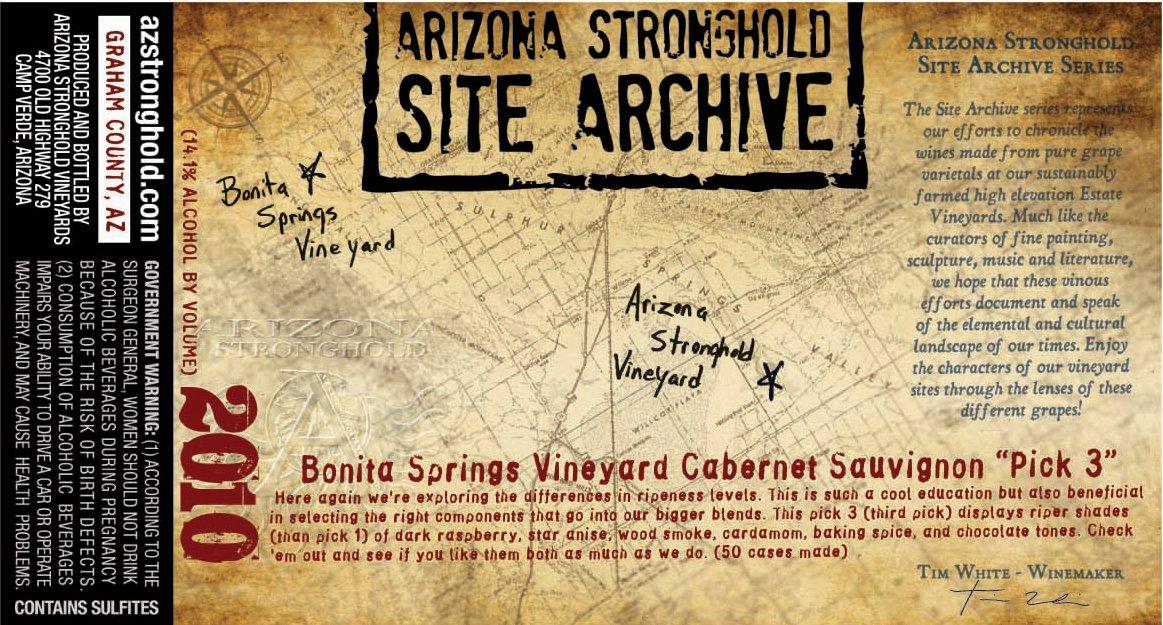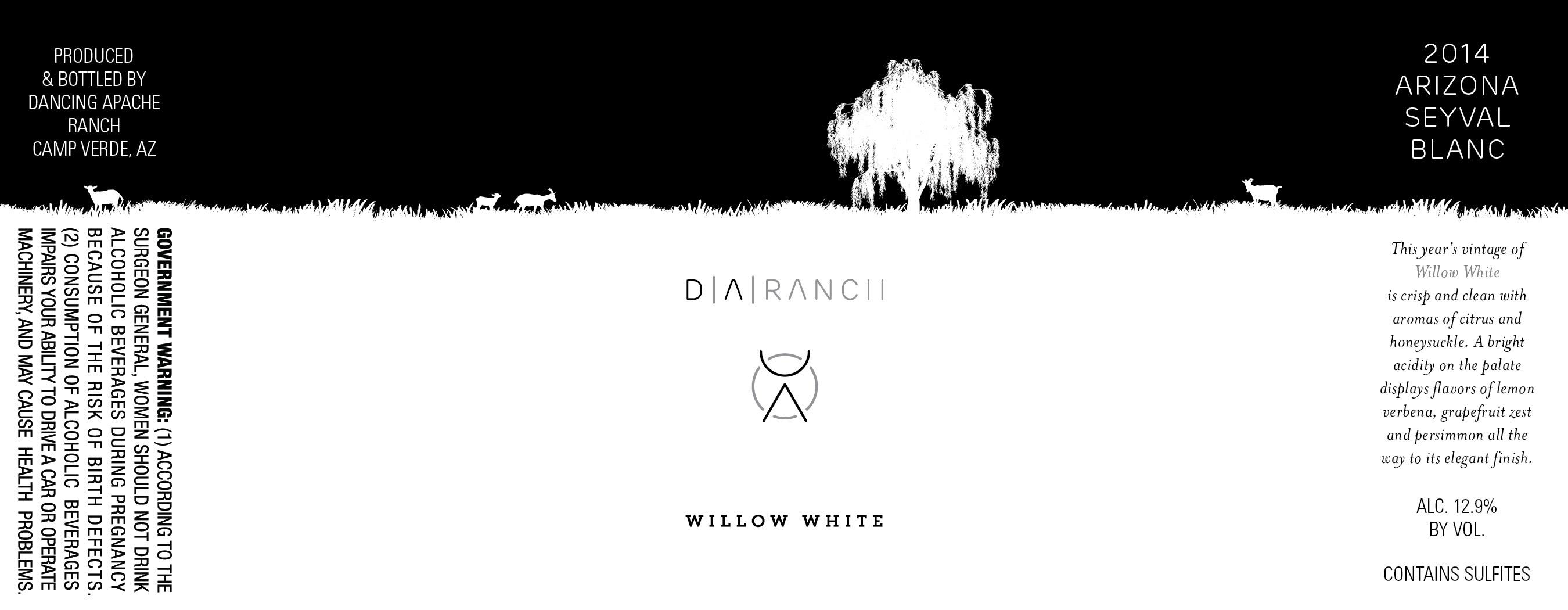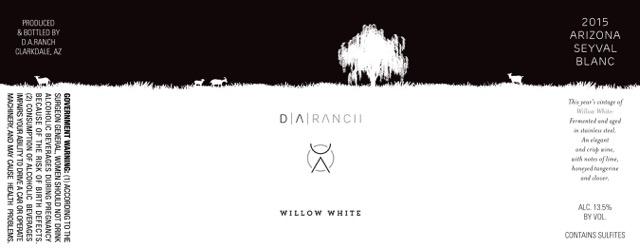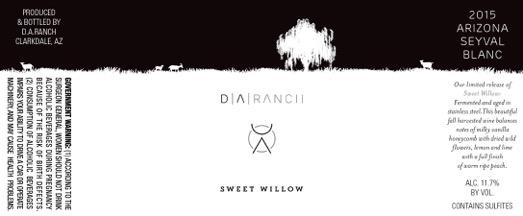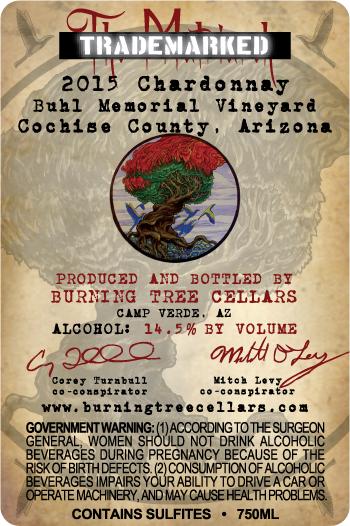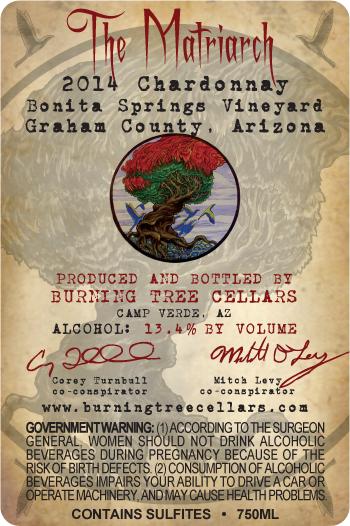Terroir of Arizona
Arizona's wine regions, defined by their high altitudes and diverse soils, offer a unique climate for viticulture. Vineyards are perched on plateaus and hills from 3,000 to over 5,000 feet, benefiting from cooler temperatures that offset the intense desert heat. This elevation facilitates dramatic daily temperature swings, aiding in the slow ripening of grapes while preserving their acidity. The long, sunny growing season is punctuated by monsoon rains, which can both nourish and challenge the vineyards.
The soils are equally varied, from sandy loam in Willcox to the mineral-rich basalt of the Verde Valley, each contributing distinct characteristics to the wines. The semi-arid climate, with over 300 days of sunshine, ensures consistent grape ripening, resulting in wines that balance New World fruitiness with Old World structure, a testament to Arizona’s emerging identity in the wine world.
Notable Wineries in Arizona
Arizona's wine scene is rapidly gaining recognition, with unique wineries across its three regions. Here's a glimpse into some of these standout producers:
-
Callaghan Vineyards: A pioneer in Sonoita, known for diverse Rhône-style blends and creative techniques, even served at the White House.
-
Dos Cabezas WineWorks: Embracing innovation in Sonoita with co-fermented blends and alternative wine formats, paired with local cuisine.
-
Caduceus Cellars & Merkin Vineyards: Founded by musician Maynard James Keenan, this Verde Valley gem offers bold reds and aromatic whites.
-
Chateau Tumbleweed: Sourcing from varied Arizona vineyards, this Clarkdale winery creates playful yet award-winning wines.
-
Page Springs Cellars: A sustainable leader in Cornville, offering Rhône varietals and engaging vineyard experiences along Oak Creek.
Sustainable Winemaking in Arizona
In Arizona, sustainability is crucial for winemaking in its arid climate. With limited water, vineyards use drip irrigation and collect rainwater, conserving this precious resource. Solar energy powers many operations, capitalizing on over 300 sunny days a year, while organic farming reduces chemical use. Composting vineyard waste into nutrient-rich fertilizer strengthens soil health, supporting vibrant grape production.
Innovative packaging like lightweight bottles and biodegradable corks helps cut emissions. Educational programs in sustainable viticulture train future winemakers, ensuring continued progress. These efforts not only protect the environment but also enhance Arizona's wine identity. By prioritizing eco-friendly practices, Arizona winemakers are crafting wines that reflect the region's resilience and commitment to sustainability.
Wine Tourism in Arizona
Arizona's wine tourism offers an engaging blend of unique landscapes and rich history. In the Verde Valley, visitors can explore over 25 tasting rooms, including those in Old Town Cottonwood and Jerome, where wine tasting is paired with stunning views and art galleries.
In southern Arizona, the Sonoita-Elgin region presents a rustic charm with family-run wineries, offering on-site lodging and local cuisine. Willcox, producing 75% of Arizona's grapes, hosts festivals and tasting events, embracing its authentic rural setting.
Beyond tastings, Arizona offers diverse experiences like jeep tours to hidden vineyards, e-bike rentals for scenic rides, and guided luxury van tours from major cities. The annual Sedona Winefest highlights this vibrant scene, celebrating Arizona's growing reputation as a wine destination.



